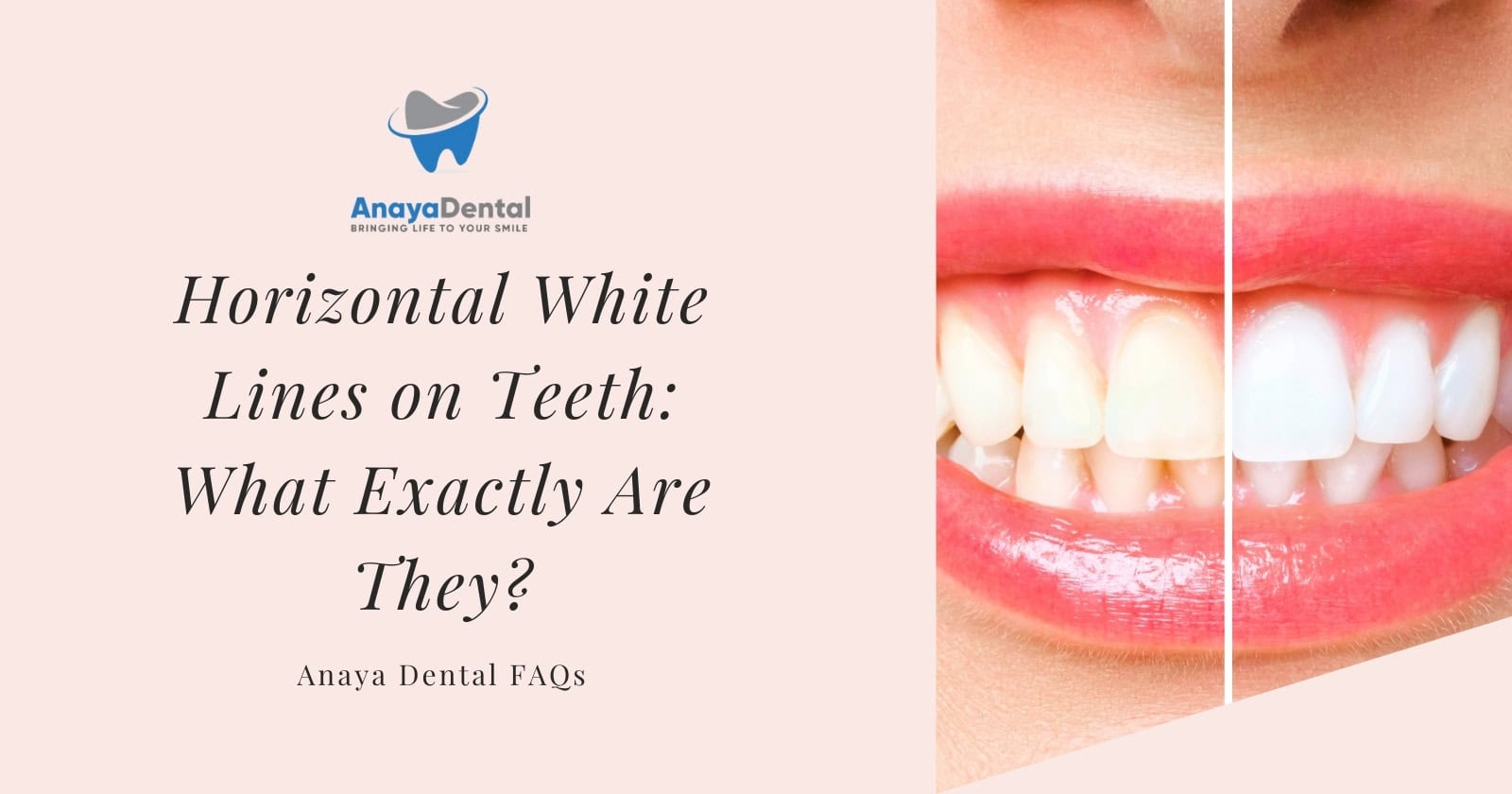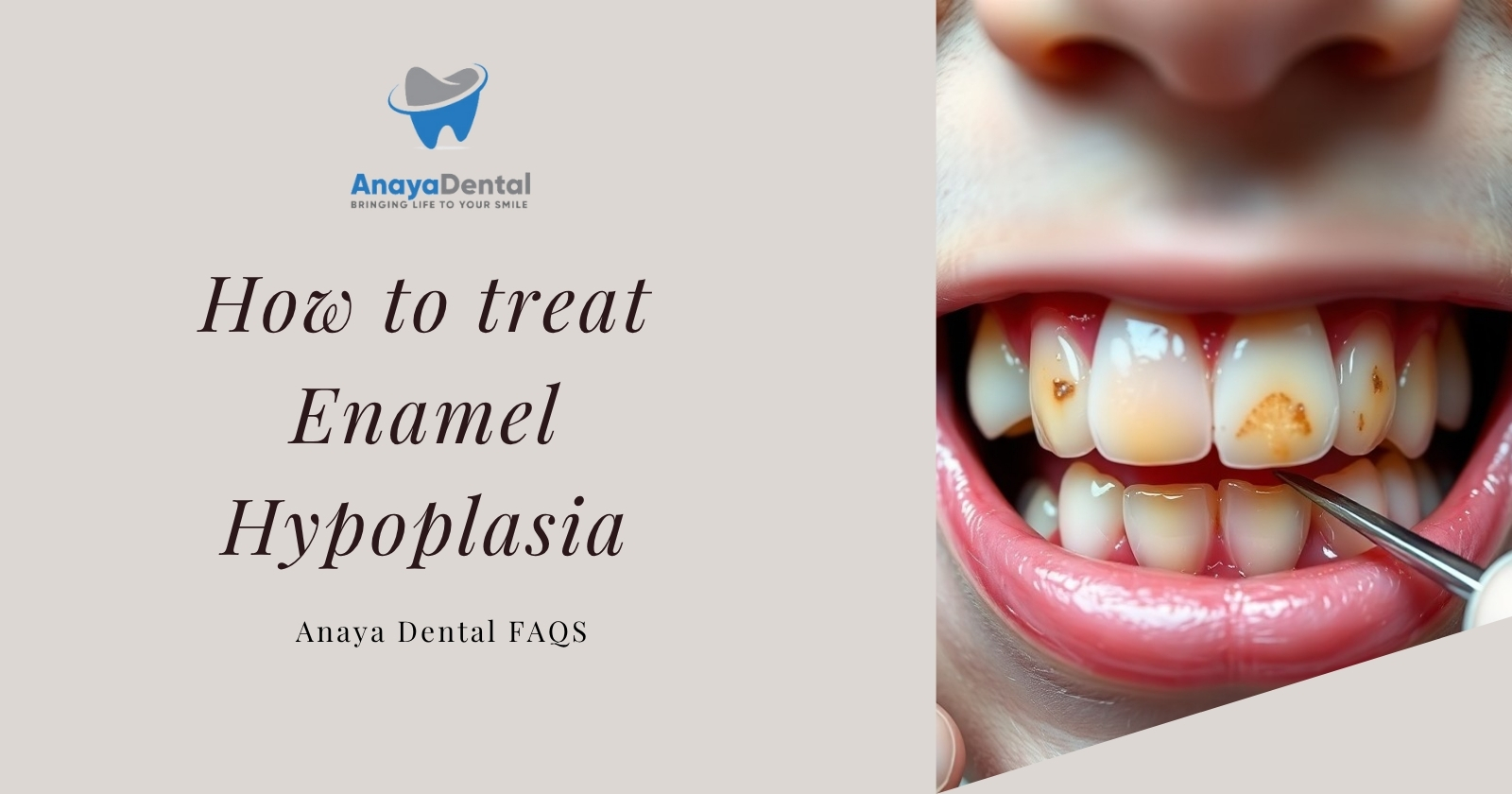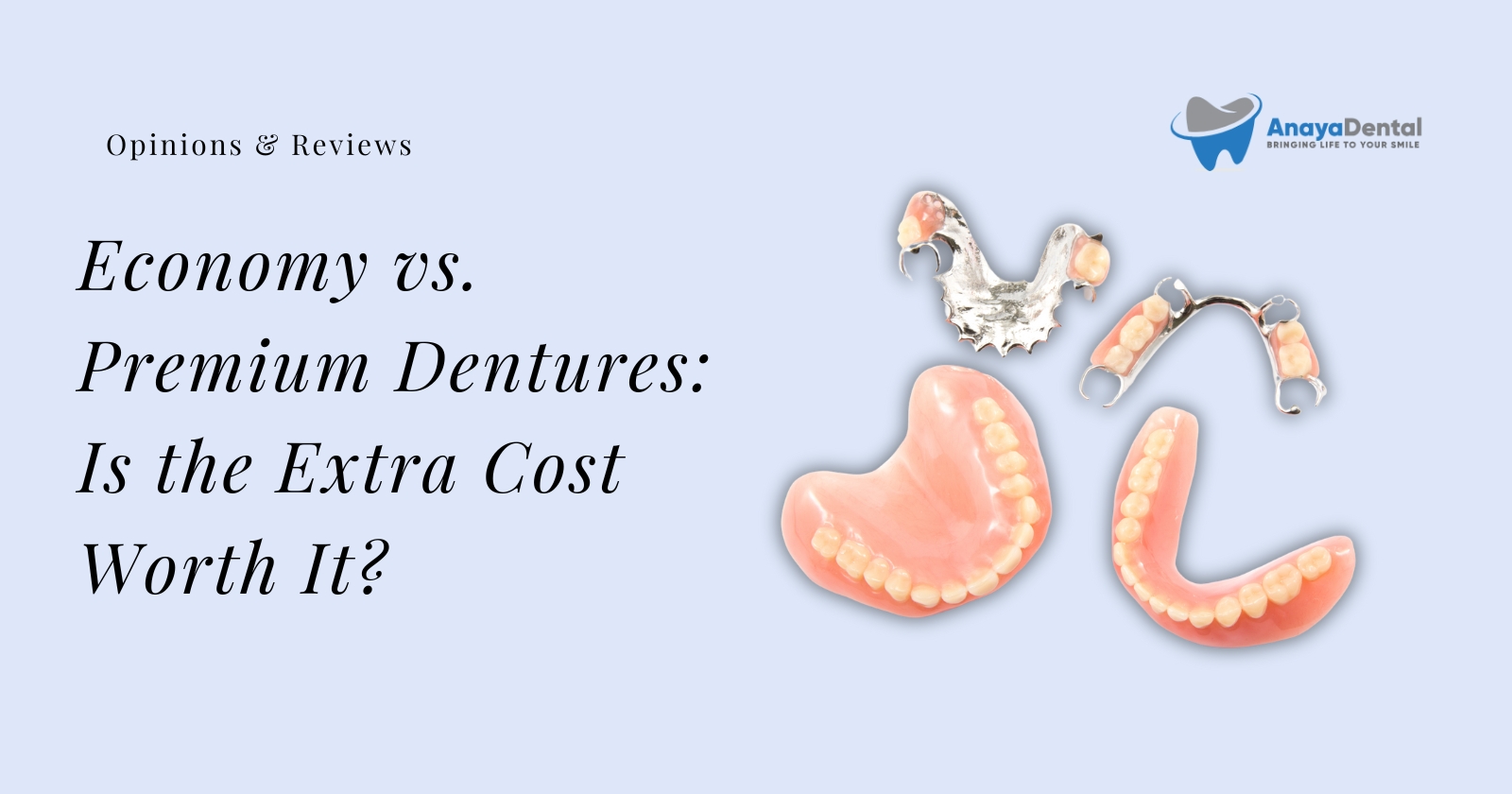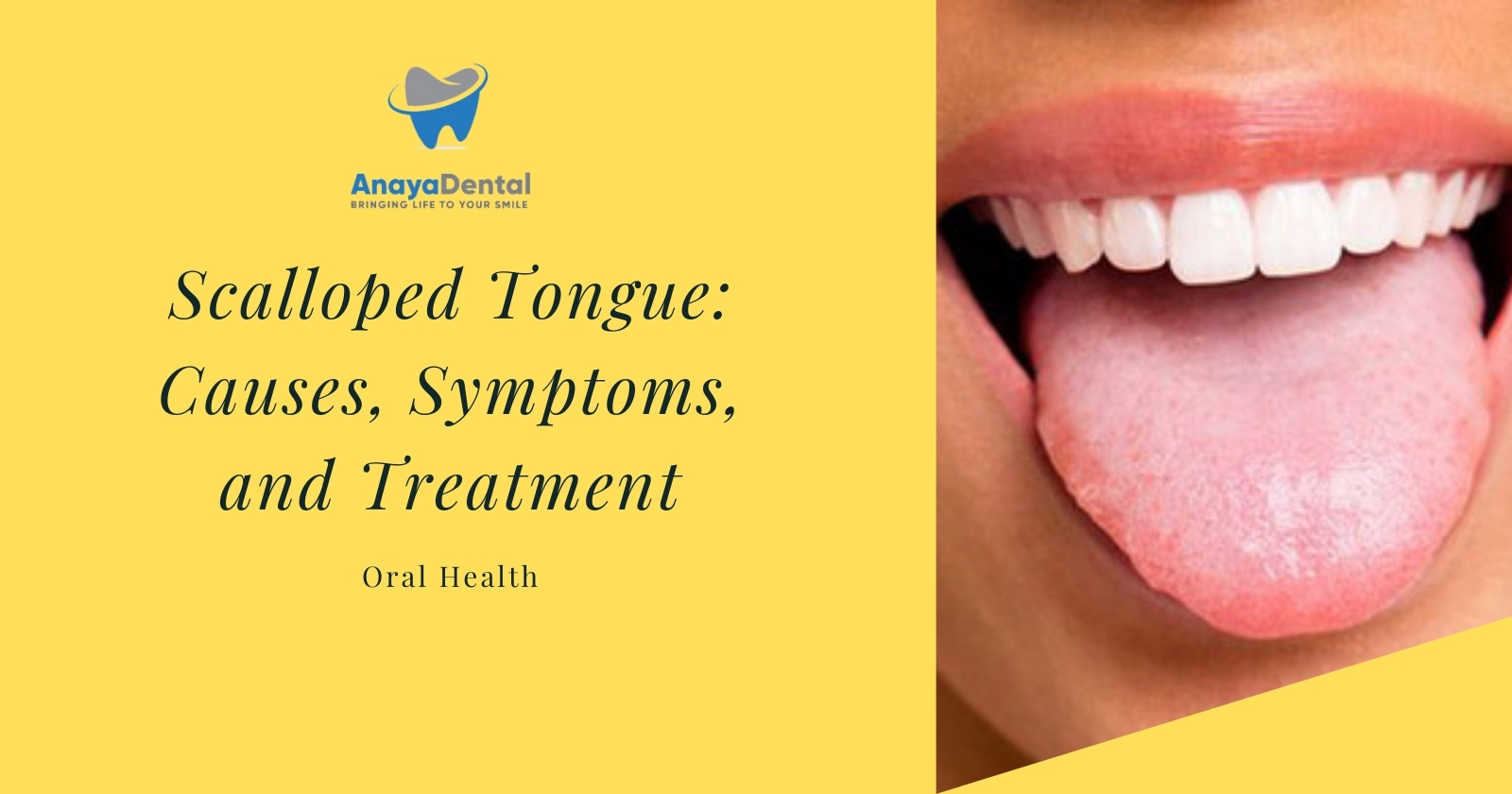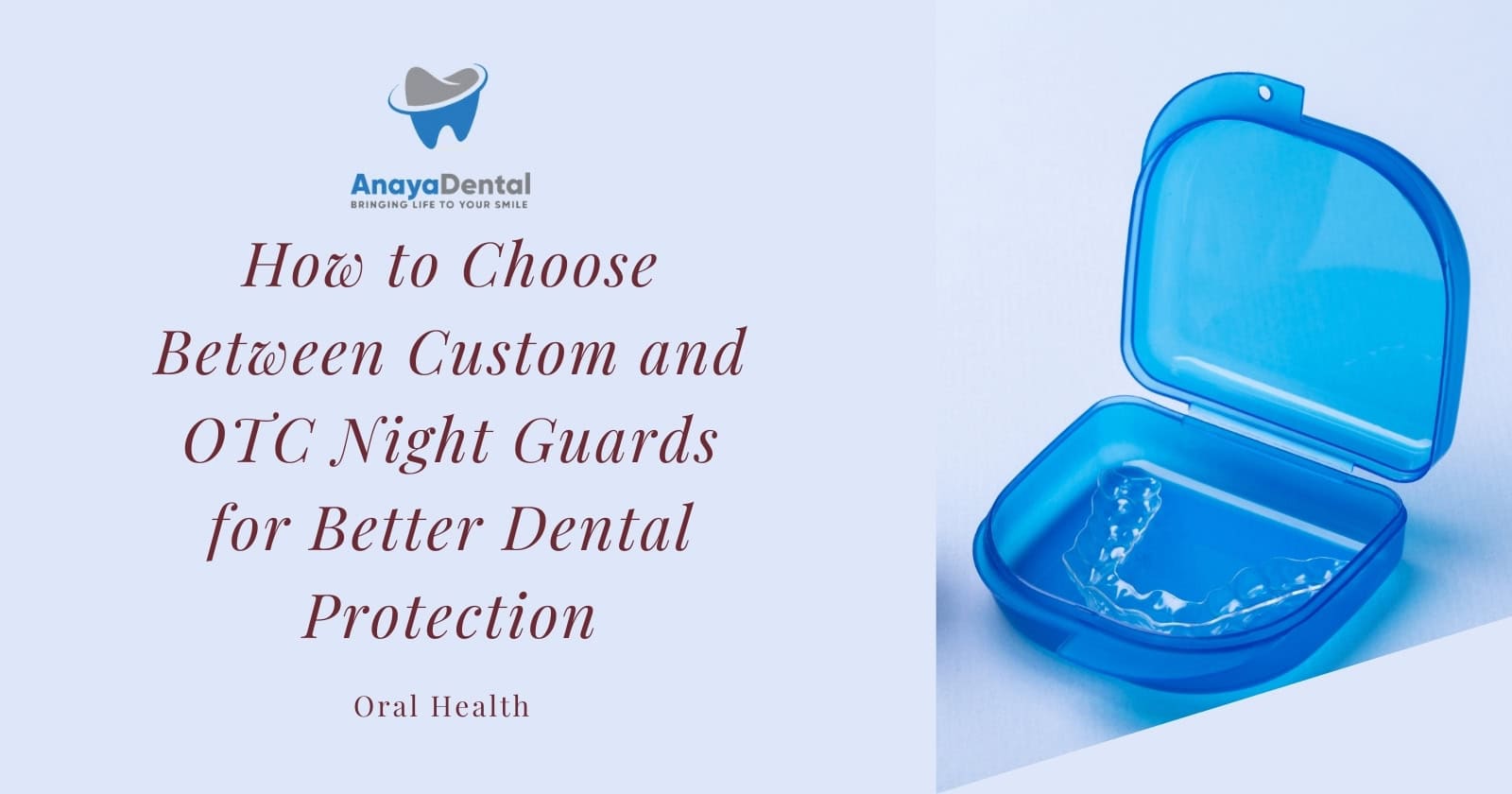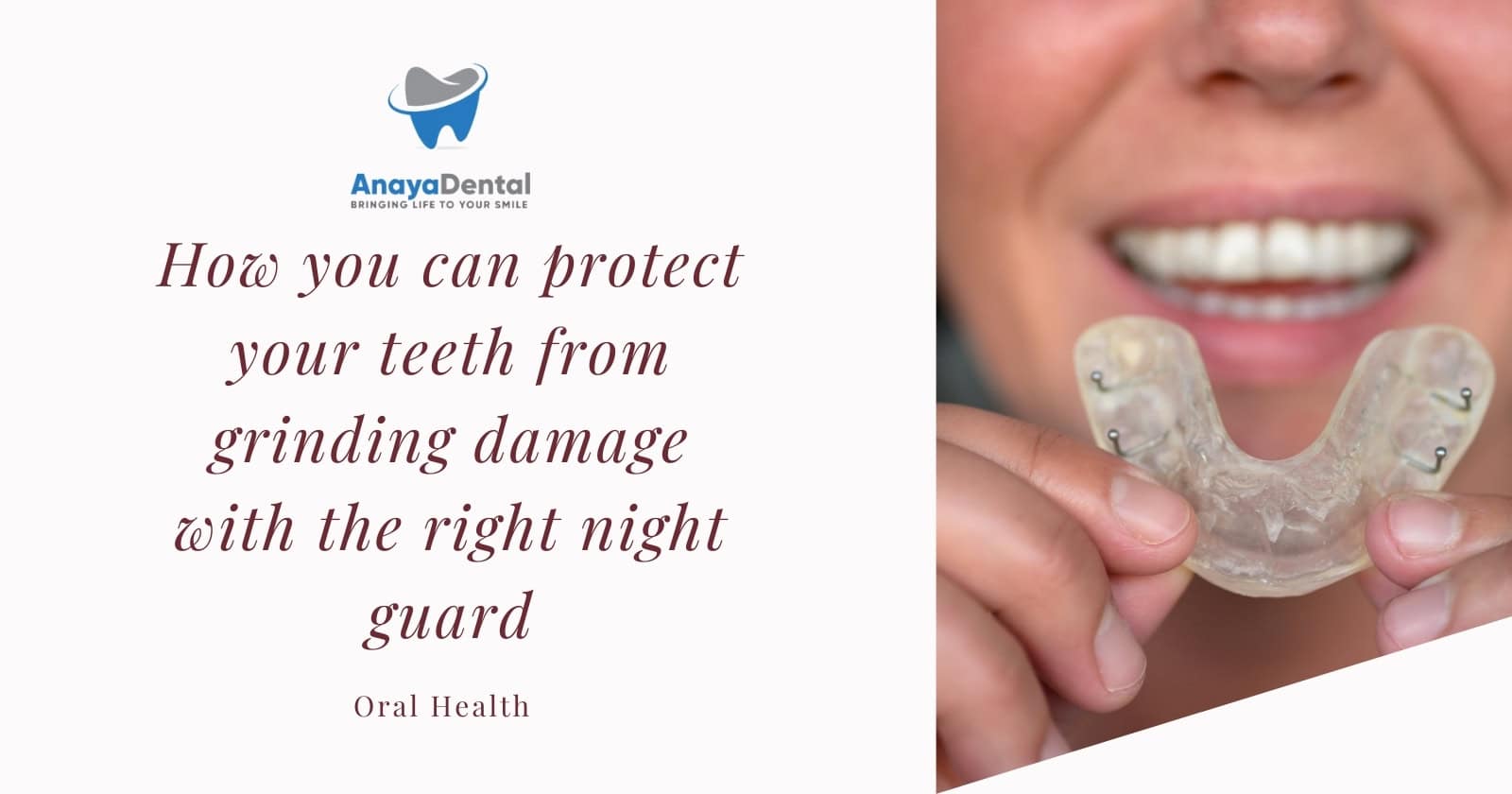Understanding Those Mysterious White Lines on Your Teeth
Have you ever noticed horizontal white lines running across your teeth in the mirror? These distinctive streaks may seem like merely a cosmetic concern, but they often signal underlying dental conditions that deserve your attention. These thin, chalky lines typically appear horizontally across your tooth surface, especially near the gum line, catching light in ways that make them particularly noticeable. In this comprehensive guide, we’ll explore the science behind these dental markings, what they indicate about your oral health, and how you can address them effectively.
The Science of Enamel Formation
To truly understand why white horizontal striations develop, you first need to know how your tooth enamel forms. Enamel, the hardest substance in your body, develops through a complex process called amelogenesis. This process involves specialized cells called ameloblasts that secrete enamel proteins during tooth development.
When this process is disrupted during childhood, visible defects like horizontal white lines can appear on your tooth surface. Disruptions during the formative stage typically result in hypoplasia (reduced enamel quantity), while problems during maturation lead to hypomineralization (poor enamel quality). These disturbances create the visible defects that often manifest as horizontal white lines across your teeth.
Try Our Dental Calculators
The timing of these disruptions is critical. Your permanent central incisors begin calcification at 3-4 months of age, with lateral incisors following at 10-12 months. Both complete enamel formation by ages 4-5 years, making this early childhood period especially vulnerable to factors that can affect enamel quality and appearance.
Common Causes of Horizontal White Lines on Teeth
Enamel Hypoplasia: Developmental Defects
Enamel hypoplasia occurs when matrix formation is disrupted during tooth development, resulting in insufficient enamel quantity. Unlike other conditions, hypoplasia produces well-defined defects that may include pits, grooves, or complete absence of enamel in affected areas.
These defects manifest as white horizontal lines, often accompanied by pitting and noticeable structural changes in your enamel. Causes include:
- Genetic factors (hereditary enamel hypoplasia or amelogenesis imperfecta)
- Maternal health problems during pregnancy
- Childhood nutritional deficiencies
- Significant illnesses during early childhood
- Physical trauma to developing teeth
- Premature birth
Research indicates that hereditary enamel hypoplasia affects the entire dentition in both deciduous and permanent teeth, while environmental causes typically affect only those teeth developing during the disturbance period.
Dental Fluorosis: Too Much of a Good Thing
While fluoride is essential for cavity prevention, excessive exposure during tooth development can lead to dental fluorosis. This condition manifests as faint white lines or streaks that appear dull rather than shiny, with uneven, irregular edges.
The distinguishing feature of fluorosis is its symmetrical distribution pattern – if one upper canine shows white lines, the corresponding tooth on the opposite side typically displays a similar pattern. According to CDC data, dental fluorosis affects approximately 20% of Americans aged 6-49, with higher prevalence in areas with fluoridated water supplies.
You might develop dental fluorosis from:
- Consuming water with naturally high fluoride levels
- Swallowing fluoridated toothpaste during childhood
- Taking fluoride supplements when not needed
- Using multiple sources of fluoride without proper guidance
Fluorosis risk is highest between ages 2-3 years, representing a classic case of “too much of a good thing,” where preventive fluoride measures inadvertently cause aesthetic concerns when intake exceeds optimal levels.
Hypocalcification: When Mineralization Goes Wrong
Hypocalcification (also called hypomineralization) occurs when your teeth have normal amounts of enamel but insufficient calcium mineralization in certain areas. This condition creates chalky white spots or horizontal lines that appear more porous than surrounding enamel.
Unlike hypoplasia, which involves reduced enamel quantity, hypocalcified enamel is normal in thickness but weakened due to inadequate mineral content. This weakness makes affected areas more susceptible to decay and sensitivity.
Hypocalcification can stem from two primary conditions:
- Amelogenesis Imperfecta (an inherited condition affecting ameloblast function)
- Acidic oral environments that deplete calcium from enamel
A study published in the Journal of Dentistry reports that up to 14% of children may experience enamel hypomineralization, showing the significance of this condition in pediatric dental health.
Demineralization: Early Warning Signs
Those white lines might also represent areas of demineralization, which is essentially the first stage of tooth decay. When plaque accumulates on your teeth, the acids produced by bacteria can strip minerals from your enamel, creating chalky white areas before a cavity forms.
Demineralization lines often appear near the gumline or around orthodontic brackets if you’ve had braces. They serve as an early warning sign that your oral hygiene routine needs improvement to prevent further progression to actual cavities.
Differentiating Between Types of White Lines
How to Tell What’s Causing Your White Lines
Understanding the specific cause of your white lines is crucial for proper treatment. The orientation and distribution of white lines provide valuable diagnostic clues:
- Enamel hypoplasia lines typically appear as well-defined horizontal grooves or pits across multiple teeth at the same level, often with clear boundaries and structural changes. These indicate they formed during a specific developmental period.
- Fluorosis usually presents with uneven horizontal lines without clear boundaries, symmetrically distributed on both sides of your mouth. These appear dull rather than shiny, with upper front incisors often most affected.
- Hypomineralization lesions present with well-demarcated margins, usually affecting one or several teeth in a symmetrical distribution. The affected areas appear chalky but maintain normal thickness.
- Demineralization often appears as chalky white spots or lines near the gumline or around orthodontic appliances and may feel slightly rough to your tongue.
Associated Symptoms You Shouldn’t Ignore
Beyond their visual appearance, white lines often accompany other symptoms that provide important insights about your dental health:
- Sensitivity to temperature: If you experience twinges of discomfort when consuming hot or cold foods and beverages, this indicates that the protective function of your enamel has been compromised.
- Rough texture: When you run your tongue over affected areas, they may feel rougher than the surrounding enamel.
- Increased decay risk: The affected areas may become more susceptible to decay due to their altered structure and greater porosity.
- Aesthetic concerns: The visual impact of white lines can affect your confidence and social interactions, particularly when they appear on your front teeth.
Early recognition of these associated symptoms allows for prompt intervention before more serious complications develop.
Treatment Options for White Lines on Teeth
The good news is that most horizontal white markings on teeth can be improved with modern dental treatments. Your options may include:
Remineralization Therapies
If your white lines are caused by early demineralization or mild hypocalcification, remineralization therapies can help strengthen your weakened enamel:
- Professional fluoride treatments using varnishes, gels, or foams can be applied by dental professionals to encourage remineralization and manage sensitivity.
- Products containing amorphous calcium phosphate (ACP) promote remineralization with similar benefits to high-concentration fluoride products.
- NovaMin, a bioactive glass particulate, represents another effective option that mineralizes tiny holes in the enamel, reducing sensitivity and enhancing remineralization.
- Prescription-strength remineralizing toothpaste with casein phosphopeptide-amorphous calcium phosphate (CPP-ACP) can help rebuild weakened areas when used consistently.
Studies suggest that NovaMin-containing toothpastes may deliver better remineralization results than CPP-ACP products, as NovaMin attaches more compactly to the enamel surface.
Microabrasion and Professional Bleaching
For white lines that don’t respond to remineralization alone, more direct interventions may be necessary:
- Enamel microabrasion involves removing a minimal amount of surface enamel (approximately 0.5mm) using fine diamond finishing points under water cooling, effectively reducing or eliminating white lines in mild to moderate cases.
- This technique works particularly well for single-line discoloration or patchy types of discoloration but is less effective for diffuse discoloration patterns.
- Professional bleaching techniques, including the application of McInnes solution (a mixture of ether, hydrochloric acid, and hydrogen peroxide), can be used for mild fluorosis under rubber dam isolation with intermittent application and polishing.
- Often, combination approaches using both microabrasion and bleaching techniques produce superior results for patients with yellowish discoloration due to fluorosis or other enamel defects.
Restorative Approaches for Moderate to Severe Cases
When your white lines are more pronounced or accompanied by structural defects, restorative approaches become necessary:
- Dental bonding using tooth-colored composite resin can effectively hide mild to moderate white lines while strengthening weakened enamel.
- For more severely affected teeth, especially in aesthetically important areas, porcelain veneers provide a more durable and natural-looking solution, though at higher cost.
- In cases with extensive enamel defects or when the backs of teeth are severely affected, full dental crowns may be recommended instead of veneers.
- For severe fluorosis cases with associated bite problems or reduced vertical dimension, comprehensive full-mouth restoration with metal-ceramic crowns may be necessary, though this extensive approach requires careful planning and skilled execution.
The appropriate restorative approach depends on defect severity, location, your expectations, and budget constraints.
At-Home Care and Management Strategies
Complementing professional treatments, your at-home care plays a crucial role in managing white lines and preventing their progression.
Daily Oral Hygiene Practices
Consistent and proper oral hygiene forms the foundation of at-home care for teeth with white lines:
- Brush twice daily with fluoride toothpaste containing at least 1450 ppm fluoride to help remineralize weakened enamel and reduce sensitivity.
- For more pronounced demineralization, your dentist may recommend prescription-strength remineralizing toothpaste with higher fluoride concentrations or specialized formulations.
- Focus on proper brushing technique, using gentle, thorough cleaning rather than aggressive scrubbing that could damage already compromised enamel.
- Consider applying remineralizing products in custom-made trays or Essix-style retainers overnight for extended contact time with affected areas.
- When white lines result from acid exposure, using alkaline products like baking soda paste occasionally can help neutralize acids, though this should be done sparingly to avoid abrasion.
Nutritional Approaches for Stronger Enamel
Your diet plays a significant role in managing white lines and strengthening existing enamel:
- Consume foods rich in calcium and phosphorus (dairy products, leafy greens, and nuts) to provide essential building blocks for enamel remineralization.
- Vitamin D is particularly crucial as it facilitates calcium absorption and utilization—studies show maternal vitamin D insufficiency increases risk of enamel defects in children (with an odds ratio of 3.55), while high prenatal vitamin D levels protect against enamel defects.
- Vitamins A and C also support dental health and may help prevent further enamel deterioration.
- Some patients benefit from targeted supplements, particularly calcium phosphate and vitamin D, though these should be taken under professional guidance.
- For individuals with hypocalcification, ensuring adequate mineral intake through diet and supplements helps support overall dental health and may slow progression of white lines.
Substances and Habits to Avoid
Preventing further damage requires avoiding substances and habits that compromise enamel integrity:
- Limit consumption of acidic foods and beverages (citrus fruits, sodas, sports drinks) to reduce chemical erosion of already vulnerable enamel.
- Restrict sugary foods and drinks as they fuel acid-producing bacteria that can worsen demineralization around white lines.
- Be mindful that coffee, tea, and alcohol can contribute to dry mouth, which reduces the protective benefits of saliva, so moderation is advisable.
- Avoid habits like teeth grinding or clenching (bruxism), as these mechanical stresses can damage compromised enamel further.
- Approach natural remedies like apple cider vinegar rinses cautiously despite their popularity, as their acidity may worsen enamel problems despite temporary whitening effects.
Prevention: Protecting Your Future Dental Health
Preventing horizontal white lines begins with understanding risk factors and implementing appropriate preventive measures, especially during tooth development.
Fluoride Management During Childhood
While fluoride is essential for caries prevention, careful management helps prevent fluorosis-related white lines:
- The standard recommendation for community water fluoridation (0.7 parts per million) aims to balance caries prevention benefits against fluorosis risks.
- For children living in areas with fluoride-deficient water (less than 0.6 ppm F), fluoride supplements may be considered, though prescribing requires careful assessment of all fluoride sources.
- Supervise young children’s toothbrushing to ensure appropriate toothpaste amounts are used—just a rice-grain-sized smear for children under three and a pea-sized amount for children aged 3-6.
- Regular dental check-ups allow professionals to monitor fluoride intake, assess early signs of fluorosis, and provide guidance on appropriate fluoride use for each child’s specific risk profile.
Prenatal and Early Childhood Care
Evidence suggests that dental health begins before birth, with maternal nutrition influencing children’s tooth development:
- Research indicates that maternal vitamin D levels significantly impact dental outcomes in children, with deficiencies increasing the risk of enamel hypoplasia (odds ratio: 1.29) and dental decay.
- Ensure adequate maternal nutrition during pregnancy, particularly calcium, phosphorus, and vitamin D intake, to help support proper tooth formation in the developing fetus.
- Once teeth begin erupting, establish early oral hygiene routines with appropriate fluoride amounts to protect developing enamel.
- Schedule early childhood dental visits (by age one or with first tooth eruption) to enable monitoring of tooth development and timely intervention for any emerging issues.
- Consider preventive strategies like dental sealants for newly erupted molars to provide additional protection during vulnerable developmental periods.
The Importance of Regular Dental Check-ups
Regular dental check-ups provide crucial opportunities for early detection and management of horizontal white lines:
- Biannual professional examinations allow dentists to identify early signs of enamel defects before they progress to more severe problems requiring extensive treatment.
- During these visits, dental professionals can apply preventive measures like fluoride varnish, which helps strengthen enamel and reduce sensitivity in vulnerable areas.
- For patients with identified enamel defects, more frequent monitoring may be recommended to track changes and adjust treatment plans accordingly.
- Professional cleanings remove plaque and surface stains that might exacerbate the appearance of white lines or contribute to further demineralization.
When to See a Dentist About White Lines
Don’t Ignore These Warning Signs
You should consult your dentist if:
- You notice new white lines appearing on your teeth
- The white lines are accompanied by tooth sensitivity
- You experience pain or discomfort near the affected areas
- The white areas appear to be growing or changing
- You’re concerned about the aesthetic appearance of your teeth
Early intervention often leads to more conservative and effective treatment options.
The Relationship Between White Lines and Overall Health
What Your Teeth Might Be Telling You
Interestingly, the horizontal white lines on your teeth can sometimes provide clues about your overall health history. Because teeth develop in a chronological pattern, these lines can act as a record of nutritional status or illness during specific developmental periods.
Researchers have found correlations between certain enamel defects and:
- Childhood illnesses with high fevers
- Periods of nutritional deficiency during early development
- Premature birth complications
- Certain medications taken during childhood
- Maternal health during pregnancy
This is why dentists sometimes refer to teeth as “biological passports” that carry information about your developmental history, providing insights that might be relevant to your broader health picture.
Conclusion: Understanding Your Unique Smile
The white lines on your teeth tell a story about your dental development and oral health habits. By understanding their causes, you can make informed decisions about treatment options and prevention strategies.
While white lines can’t always be completely eliminated, particularly in severe cases, modern dental approaches offer effective options for improving both the appearance and structural integrity of affected teeth. With proper professional care and diligent home maintenance, you can achieve a healthier, more confident smile.
Remember that regular dental examinations are the best way to monitor these markings and ensure they don’t progress to more serious dental issues. If you’re concerned about white lines on your teeth, schedule an appointment with your dentist to discuss your specific situation and the best approaches for your unique smile.
